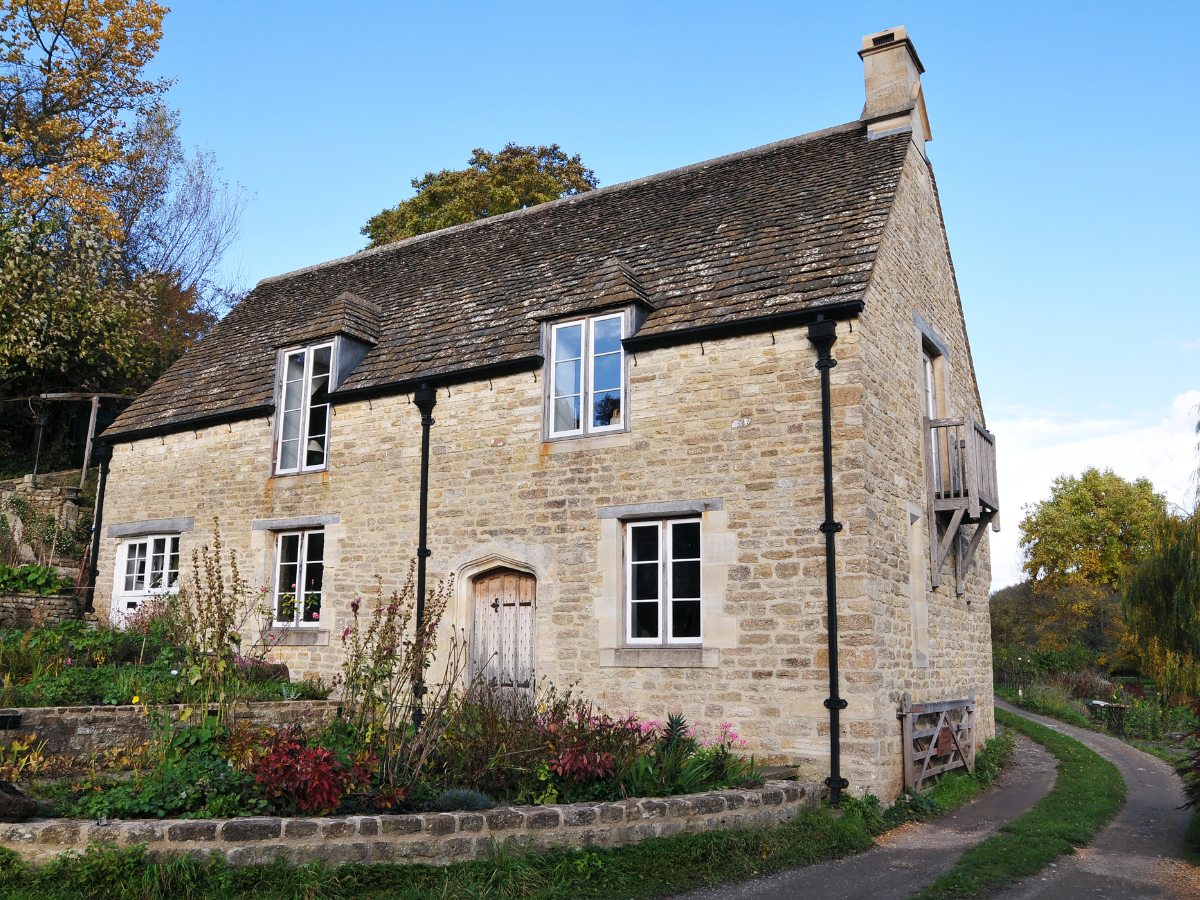How will renewable energy policies affect rural homes?
As the UK government strives to achieve net zero by 2050, energy policy in the last few years has focused on reducing carbon emissions from homes and businesses, and on increasing energy from renewable sources.
However, with many different policies and with changing heads in government, it can be difficult to follow and understand exactly how rural off-grid communities in the UK will be impacted by energy policies.
In this blog, we’ll outline the key points from the UK government’s current approach to energy and decarbonisation and what this means for off-grid, rural homeowners.
UK Renewable Energy Policy
As of early 2023, the UK government’s energy policy is centred around meeting net zero carbon, by promoting low or no carbon emissions alternatives. It also aims to increase the country’s energy independence, by moving away from fossil fuels and investigating opportunities with electric technology and renewable energy sources such as solar, wind and nuclear.
Looking specifically at gas and oil, these will be phased out due to their carbon emissions under current proposals in the Heat and Buildings Strategy,
The installation of all gas boilers will be phased out by 2035, and the government intends for all homes on the mains gas grid to receive energy from alternative fuel sources following this date.
However, in off-grid properties, not on the mains gas grid, fossil fuel systems will be phased out from 2026. This means, that after this date, rural homeowners will have to replace their fossil-fuel system with an electric system, such as a ground or air source heat pump, if it breaks. This is nine years earlier than the proposed date for properties connected to the mains gas grid.
Government grants for heating
The government’s boiler upgrade scheme aims to provide homeowners with £5,000 towards the cost of installing a heat pump, with £150m set aside annually for the next three years and an eventual target of installing 600,000 heat pumps per year by 2028.
The scheme was criticised by a House of Lords committee for its slow uptake and failure to meet its targets, with only 7,600 out of 30,000 available vouchers issued and less than half of the budget being taken up in its first year. Cost and efficiency remain the biggest barriers for homeowners.
In addition to this, the country also doesn’t currently have enough engineers trained to install heat pumps. There are currently around 3,000 installers compared to 130,000 heating engineers registered with Gas Safe. However, the newly announced Heat Training Grant will see £5 million go towards supporting 10,000 trainees over the next two years to become low-carbon heating experts.
What does this mean for rural homeowners?
The government’s current approach to decarbonisation which promotes electric technologies is not suitable for rural homeowners.
Rural housing stock is complex. Many rural properties are older and poorly insulated, making them less energy efficient. Heat pumps only work at their best in energy efficient homes, with an efficiency rating of D or higher. However, 58% of homes in England have an energy efficiency rating of D or lower, according to the Office for National Statistics.
It’s also thought to cost between £18,000 to £32,000 to retrofit a property with heat pumps, a cost which a significant proportion of the population simply can’t afford, and one which far exceeds the support offered by the government’s heating grants. Rural polling has shown that more than 64% of rural survey respondents believe the approach and push towards heat pumps is unfair.
Therefore, a blanket approach which only gives homeowners the option of heat pumps is not practical.
However, there are other heating options for off-grid properties that the government should consider, as they could provide homeowners with more choice, help them to save on retrofit costs and reduce their emissions.
Renewable fuels for rural homes
Renewable liquid gases (RLG) are sustainable fuels which are a credible and futureproof choice for rural homeowners in the push to decarbonise as they offer up to 90% emissions reductions.
RLG are a ‘drop-in’ renewable fuel that are chemically identical to traditional LPG. This means existing LPG boilers and appliances are renewable ready and can be converted for use with RLG with minimal cost and disruption for customers and no retraining for heating installers. They can be made from a range of sustainable feedstocks, including black bin waste, cooking oils or plant matter, and can also be produced as a by-product of other products, such as aviation fuel.
Investment in renewable liquid gases
Domestic production of RLG is already underway. To support the future delivery and production of RLG, the industry has promised significant investment.
Between May 2022 to May 2023, industry invested £150 million into the production of RLG, with a total forecasted investment of £600 million expected by 2025.
Renewable liquid gases offer a credible opportunity to bolster the UK’s energy security, sustainability and self-sufficiency. The significant investment proposed showcases confidence from the industry in renewable liquid gases is high. As such, they should be recognised in UK energy policy as a credible alternative fuel source and form an essential part of the low-carbon future energy mix.

